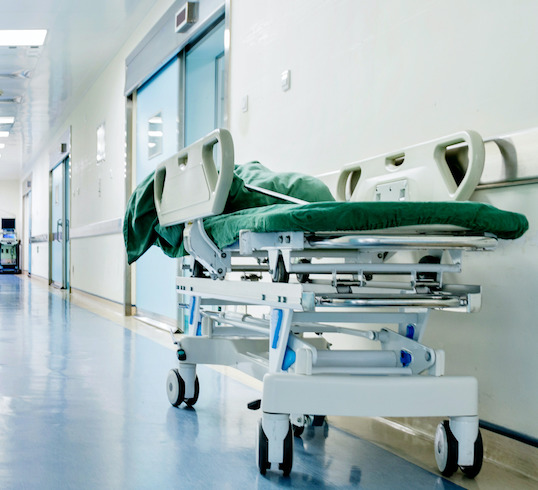Hospital emergency rooms face overcrowding issues, with stretched ambulance services becoming a concern. Some cities or regions have experienced ambulance shortages as paramedics accompany patients during transfers to emergency departments.
Factors contributing to the problem include an aging population, rise in chronic illnesses, increased minor issues, and healthcare worker shortages. Emergency room overcrowding was an existing issue pre-COVID, but the pandemic has further worsened the situation.
Emergency room overcrowding poses challenges for both healthcare workers and patients. It leads to heightened stress levels among staff and increases the risk of violence towards healthcare workers.
For patients, it results in longer stays, higher chances of medication errors, subsequent hospital visits, reduced satisfaction with care, and an elevated risk of adverse health outcomes or mortality.
“Treat and release” programs have been proposed as a potential solution to tackle the issues of overcrowded emergency rooms and ambulance shortages. These programs involve providing emergency medical services on-site without transferring the individual to a hospital emergency room.
However, the effectiveness and safety of treat and release programs remain a subject of inquiry. It raises questions about their efficacy and the types of injuries and illnesses that can be appropriately treated through such programs.
CADTH, an independent agency responsible for researching, evaluating, and summarizing information on drugs, medical devices, tests, and procedures, has conducted an investigation to gather evidence on treat and release programs.
CADTH conducted a search for studies examining the implementation of treat and release programs for non-urgent or semi-urgent conditions. Their findings included one health technology assessment (HTA) that encompassed a randomized controlled trial and economic evaluation, as well as two non-randomized studies. These studies focused on individuals who encountered incidents such as hypoglycemia (low blood sugar), heat stroke, or falls.
In the case of individuals with low blood sugar, both with and without diabetes, a comparison was made between those who received treatment from paramedics but were not transported to the hospital, and those who did go to the hospital following initial paramedic treatment.
Researchers examined the utilization of healthcare services by these individuals within three days after the paramedic call. Interestingly, there was no significant difference in healthcare service utilization between those who were not transported to the hospital and those who were.
In the case of individuals experiencing heat stroke during a half-marathon, a comparison was made between those treated on-site and those immediately transported to the hospital. The study focused on mortality rates (no deaths were reported) and hospital admissions.
The findings revealed that among those immediately transported to the hospital, 60% required subsequent hospital admission, whereas 41% of individuals treated on-site ultimately needed hospitalization.
CADTH’s research also uncovered a study examining treat and release programs specifically targeting older individuals who have suffered a fall. Comparing those who received care under the treat and release program with those transferred to emergency departments, the former group reported higher levels of satisfaction with their care.
Moreover, they were found to be less susceptible to future falls or fractures, with a reduced risk. Additionally, individuals under the treat and release program had fewer instances of repeat calls to emergency services compared to those who were taken to the emergency department.
The study examining treat and release programs for individuals who suffered a fall also delved into the cost-effectiveness aspect.
Although the findings originated from a study conducted in the UK, making their applicability to the Canadian context uncertain, the authors concluded that the cost-effectiveness analysis of the treat and release program remained inconclusive. This is because the costs and benefits associated with the program were found to be comparable to those of usual care.
Based on the studies identified by CADTH, treat and release programs show promise by being at least as effective as, if not better than, usual care. However, it should be noted that the studies focused on treat and release programs for falls, heat stroke, and hypoglycemia, and their applicability to other conditions remains uncertain.
To enhance our understanding of the safety and effectiveness of treat and release programs for various conditions, further research is warranted. This would contribute to improving our knowledge of the effectiveness and optimal utilization of such programs.
Source : hospitalnews.com







